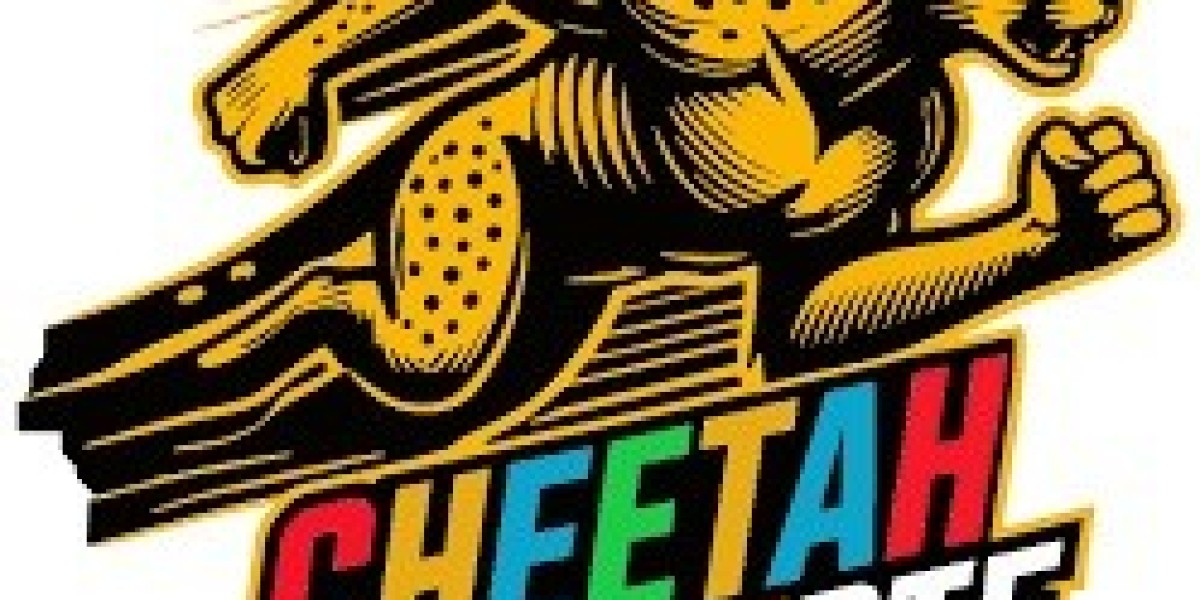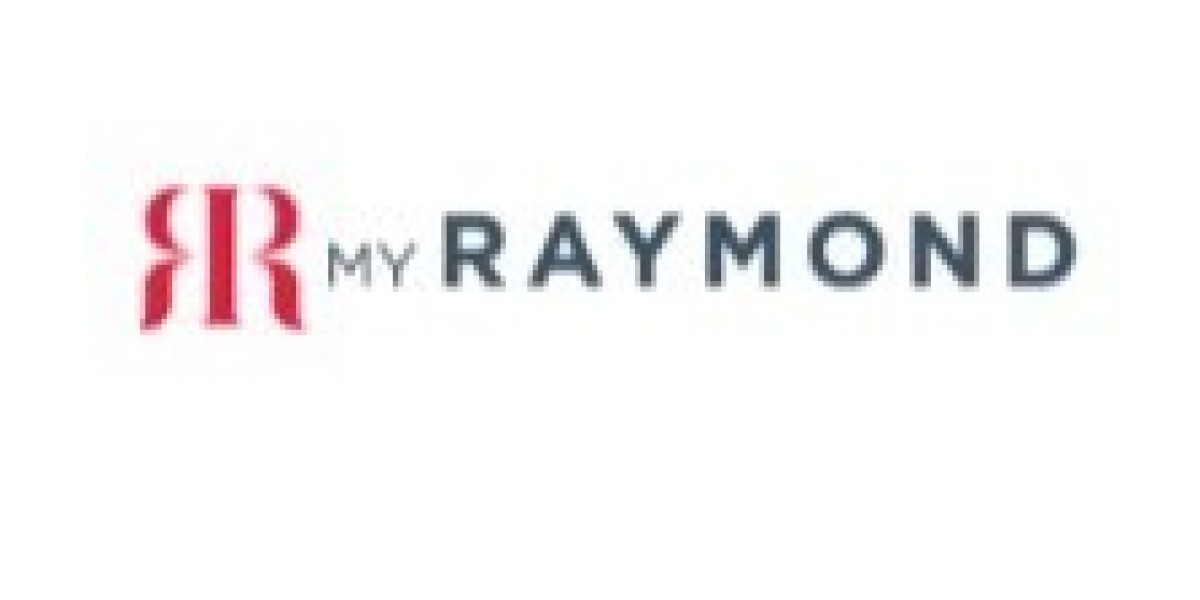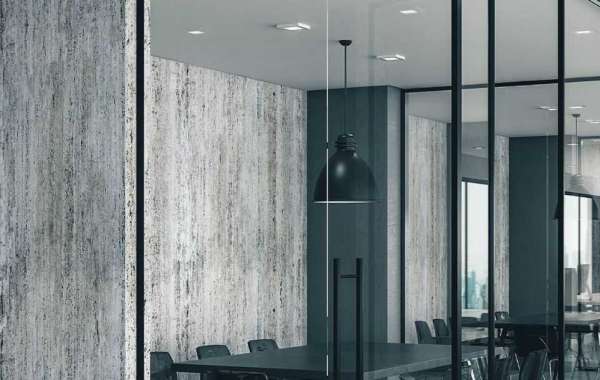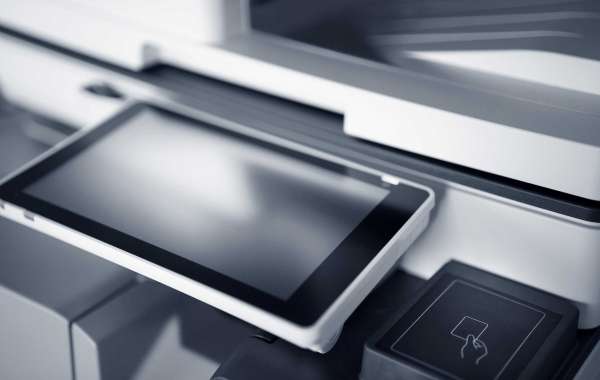Direct to Film Transfers: The Future of High-Quality Printing
Introduction to Direct to Film Transfers
Printing technology has evolved significantly over the years, providing businesses and individuals with efficient, cost-effective, and high-quality methods for decorating garments and other materials. One of the most revolutionary advancements in this field is Direct to Film (DTF) Transfers. This technique is changing the way custom prints are made, offering superior quality, durability, and versatility compared to traditional methods like screen printing and Direct to Garment (DTG) printing.
In this guide, we will explore the Direct to Film Transfers process, its advantages, how it compares to other printing methods, and why it’s becoming the preferred choice for many businesses.
What is Direct to Film (DTF) Transfers?
Direct to Film Transfers is a printing technique where a design is printed onto a special film using pigment-based ink, then coated with an adhesive powder and transferred onto a fabric or other substrate using heat and pressure. This method allows for high-quality, full-color designs with fine details and exceptional durability.
Unlike DTG printing, which prints directly onto a garment, or screen printing, which requires multiple layers and setups, DTF transfers offer flexibility by allowing prints to be stored and transferred at any time.
How Does the DTF Transfer Process Work?
The Direct to Film Transfers process consists of several essential steps:
1. Designing the Artwork
Before printing, the artwork is prepared using graphic design software such as Adobe Photoshop, Illustrator, or CorelDRAW. The design is created with high resolution to ensure clarity and vibrant colors in the final print.
2. Printing on a Special PET Film
The design is printed onto a Polyethylene Terephthalate (PET) film using DTF-compatible printers. These printers use water-based pigment inks in CMYK (Cyan, Magenta, Yellow, Black) and sometimes white ink for printing on dark garments.
3. Applying the Adhesive Powder
Once the design is printed, a special hot melt adhesive powder is applied to the printed side of the film. This powder sticks to the ink and helps the design adhere securely to the fabric when transferred.
4. Curing the Adhesive Powder
The adhesive powder is cured by placing the printed film under heat for a specific duration. This process ensures that the powder melts evenly and bonds well with the ink.
5. Transferring the Design to Fabric
Once the film is ready, it is placed onto the fabric and heat-pressed at around 300-350°F (150-180°C) for 10-20 seconds using a heat press machine. The combination of heat and pressure ensures that the design adheres firmly to the material.
6. Peeling Off the Film
After pressing, the film is peeled away, leaving behind a vibrant, durable print on the fabric. Some DTF transfers require a hot peel, while others work best with a cold peel method, depending on the film type.
Advantages of Direct to Film Transfers
The Direct to Film Transfers method has gained popularity due to its numerous advantages over traditional printing methods.
1. Works on Any Fabric
Unlike DTG printing, which is limited to cotton fabrics, DTF transfers can be applied to cotton, polyester, blends, leather, nylon, and even non-textile surfaces.
2. Vibrant and High-Resolution Prints
DTF transfers produce sharp, vivid, and detailed prints with rich colors, making them ideal for intricate designs and complex patterns.
3. Long-Lasting and Durable
Prints created using the Direct to Film Transfers method are highly durable and resistant to washing, fading, and cracking. The adhesive layer ensures the print remains intact for a long time.
4. Cost-Effective for Small and Large Orders
Unlike screen printing, which requires expensive setup costs for large orders, DTF printing is ideal for small batches as well as bulk production, reducing waste and production time.
5. No Need for Pretreatment
DTG printing requires pretreating garments before printing, which adds an extra step and cost. In contrast, DTF printing eliminates the need for pretreatment, making the process faster and more efficient.
6. Flexibility and Convenience
DTF transfers allow businesses to print designs in advance and store them for later use. This means designs can be transferred on demand, reducing turnaround time for customers.
DTF Transfers vs. Other Printing Methods
Here’s how Direct to Film Transfers compare to other popular printing methods:
| Feature | DTF Transfers | DTG Printing | Screen Printing |
|---|---|---|---|
| Fabric Compatibility | Works on all fabrics | Mostly cotton | Limited to certain fabrics |
| Durability | Highly durable | Moderate durability | Very durable |
| Color Vibrancy | Bright, rich colors | Good for full-color prints | Best for solid colors |
| Setup Cost | Low | Medium | High |
| Production Time | Fast | Slow for large orders | Time-consuming |
| Batch Suitability | Small & large orders | Best for small orders | Best for large orders |
Who Can Benefit from DTF Transfers?
The Direct to Film Transfers technique is beneficial for:
✅ Small Businesses – Low setup costs make it easy for small businesses to create custom apparel.
✅ T-Shirt Printing Shops – Print on-demand, reducing inventory costs.
✅ Fashion Brands – Create unique, full-color designs with high durability.
✅ Sportswear Manufacturers – Prints that withstand sweat and frequent washing.
✅ DIY Enthusiasts & Hobbyists – Print custom designs from home with minimal equipment.
Essential Equipment for DTF Printing
To start with Direct to Film Transfers, you’ll need:
✔ DTF Printer – A printer modified for DTF printing.
✔ DTF Ink – High-quality pigment-based ink.
✔ PET Film – Special DTF transfer film.
✔ Adhesive Powder – To bond the design to the fabric.
✔ Heat Press Machine – For transferring prints to garments.
Conclusion
Direct to Film Transfers is revolutionizing the textile printing industry with its vibrant colors, durability, and versatility. Unlike traditional printing methods, DTF transfers provide cost-effective solutions for both small and large businesses, making them a preferred choice for custom apparel printing.
Whether you’re an entrepreneur, fashion brand, or hobbyist, investing in Direct to Film Transfers can help you create high-quality, durable designs with ease.
FAQs About Direct to Film Transfers
1. Are DTF transfers better than DTG printing?
Yes, DTF transfers work on more fabrics, have better durability, and do not require pretreatment like DTG.
2. Can I wash garments printed with DTF transfers?
Yes, DTF prints are highly durable and can withstand multiple washes without fading or cracking.
3. Do I need special software for DTF printing?
Yes, software like Acrorip or Cadlink is often used to manage colors and white ink layers for DTF printing.
4. Can I print white ink with DTF transfers?
Yes, DTF printers support white ink printing, allowing designs to stand out on dark fabrics.
5. Is DTF printing environmentally friendly?
DTF printing uses water-based inks, making it more eco-friendly compared to plastisol screen printing.
Would you like any modifications or additional details?










